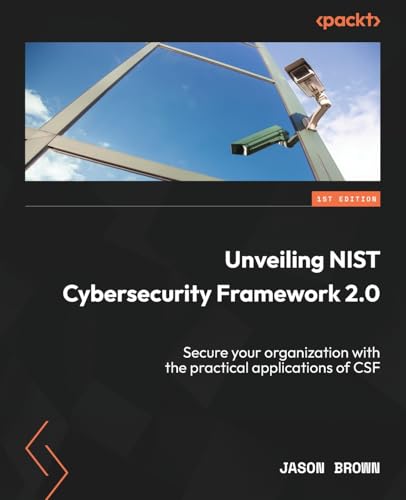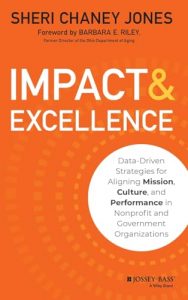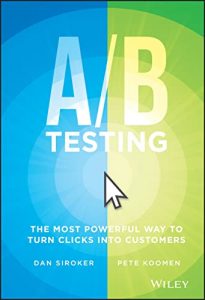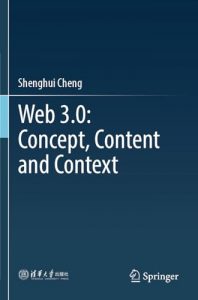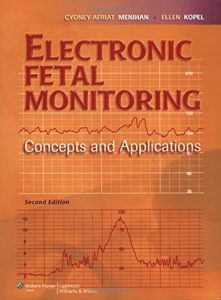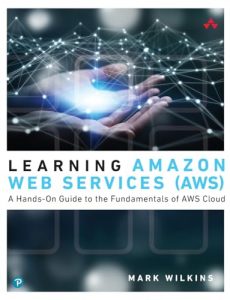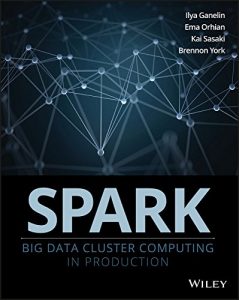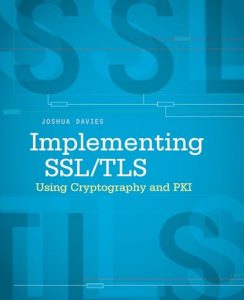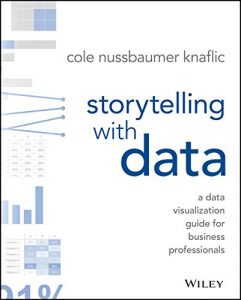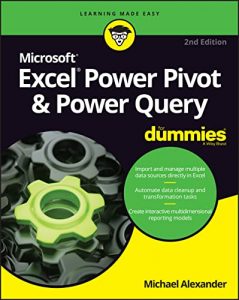1. Unveiling NIST Cybersecurity Framework 2.0: Secure your organization with the practical applications of CSF
Authored by Jason Brown, this book dives deep into the practical applications of the NIST Cybersecurity Framework 2.0. It is an essential read for cybersecurity professionals, offering insights into securing organizations against emergent cyber threats. Jason provides a thorough analysis of frameworks and tools essential for implementing effective cybersecurity measures. The practical examples and strategies presented make it a must-have resource for individuals involved in cybersecurity management and planning. This book not only equips readers with knowledge but also empowers them to take actionable steps towards a more secure organizational infrastructure.

2. A Comprehensive Guide to the NIST Cybersecurity Framework 2.0: Strategies, Implementation, and Best Practice
Written by Edwards and Jason, this comprehensive guide covers everything needed to successfully implement the NIST Cybersecurity Framework 2.0. The book provides strategic insights and best practices from seasoned experts, making it a crucial roadmap for professionals looking to navigate the complexities of cybersecurity today. The meticulous breakdown of strategies ensures that readers can apply the concepts discussed directly to their organizational frameworks. If you’re aiming to enhance your cybersecurity infrastructure strategically, this book is indispensable.

3. NIST Cybersecurity Framework: A Guide
Authored by Alan Calder, this guide provides a compact yet effective analysis of the NIST Cybersecurity Framework. It’s perfect for busy professionals who need immediate directives and insights regarding cybersecurity practices. Calder’s approach simplifies the concepts making them accessible yet comprehensive. The reader will learn about the fundamental principles of governance, risk management, and compliance—all essential for establishing a cybersecurity strategy that works. This essential guide is perfect for anyone starting their journey in cybersecurity.

4. Cybersecurity Risk Management: Mastering the Fundamentals Using the NIST Cybersecurity Framework
This brilliant piece by Cynthia Brumfield and Brian Haugli offers foundational insights on mastering cybersecurity risk management. The authors effectively bridge core principles with real-world applications of the NIST Cybersecurity Framework, presenting practical steps that can be implemented immediately. Readers will appreciate the detailed case studies illustrating various risk management techniques, which reinforce the importance of a proactive approach in mitigating cybersecurity threats. This book is a true boon for professionals eager to enhance their risk management skills in the cybersecurity domain.

5. Executive’s Cybersecurity Program Handbook: A comprehensive guide to building and operationalizing a complete cybersecurity program
Also by Jason Brown, this handbook is a treasure for anyone at an executive level looking to establish an effective cybersecurity program within their organization. The book outlines critical success factors and practical frameworks necessary to create a productive cybersecurity culture and operationalize security initiatives successfully. It equips leaders with the tools needed to navigate organizational complexities while addressing cybersecurity challenges faced by businesses today. This handbook will definitely be a key resource for any executive.

6. Cyber Security Program and Policy Using NIST Cybersecurity Framework
In this edition, Bruce Brown and Convocourses provide an excellent guide focused on establishing effective cybersecurity programs and policies using the NIST Cybersecurity Framework. This book is perfect for professionals responsible for policy development, governance, and strategic implementation in security practices. The clear layout and actionable advice make it easy to follow and implement. The detailed narratives on policy frameworks provide a solid background for those looking to secure their organizations robustly. It is, without a doubt, a valuable asset for anyone involved in cybersecurity governance.

7. NIST Cybersecurity Framework (CSF) for Information Systems Security
This invaluable book by Bruce Brown and his collaborators presents an in-depth exploration of the NIST Cybersecurity Framework for information systems security. The text effectively breaks down complex cybersecurity principles into manageable concepts, allowing readers to grasp the fundamental ideas quickly. It’s packed with examples and methodologies, which guide readers through best practices needed to secure their information systems. A must-read for IT professionals and organizations focused on establishing a resilient cybersecurity posture.

8. The Cybersecurity Guide to Governance, Risk, and Compliance
This compelling book co-authored by Jason Edwards and Griffin Weaver outlines the essential governance, risk management, and compliance practices necessary in the cybersecurity field. It provides valuable insights on aligning cybersecurity initiatives with business objectives, allowing professionals to build resilient compliance frameworks. Through practical illustrations and discussions, the authors emphasize the significance of an integrated approach to governance and risk management, making it an essential read for everyone involved in cybersecurity.

9. RMF ISSO: Foundations (Guide): NIST 800 Risk Management Framework for Cybersecurity Professionals
Bruce Brown’s guide on the NIST 800 Risk Management Framework provides an excellent foundation for cybersecurity professionals. This book is essential for understanding the interplay between compliance and security, as it presents clear methodologies for risk assessment and management. The straightforward narrative and practical examples empower readers to implement effective risk management strategies in their organizations, ensuring they meet regulatory obligations while safeguarding valuable digital assets.

10. Cybersecurity Architect’s Handbook: An end-to-end guide to implementing and maintaining robust security architecture
Lester Nichols provides an exhaustive guide on implementing effective cybersecurity architecture. This book emphasizes a holistic understanding of security practices, offering granular insights that help professionals conceptualize, design, and implement security frameworks. With practical strategies and case studies, the text is a prime resource for architects seeking to develop robust, resilient security architectures. Its comprehensive coverage makes it indispensable for anyone invested in cybersecurity architecture.


